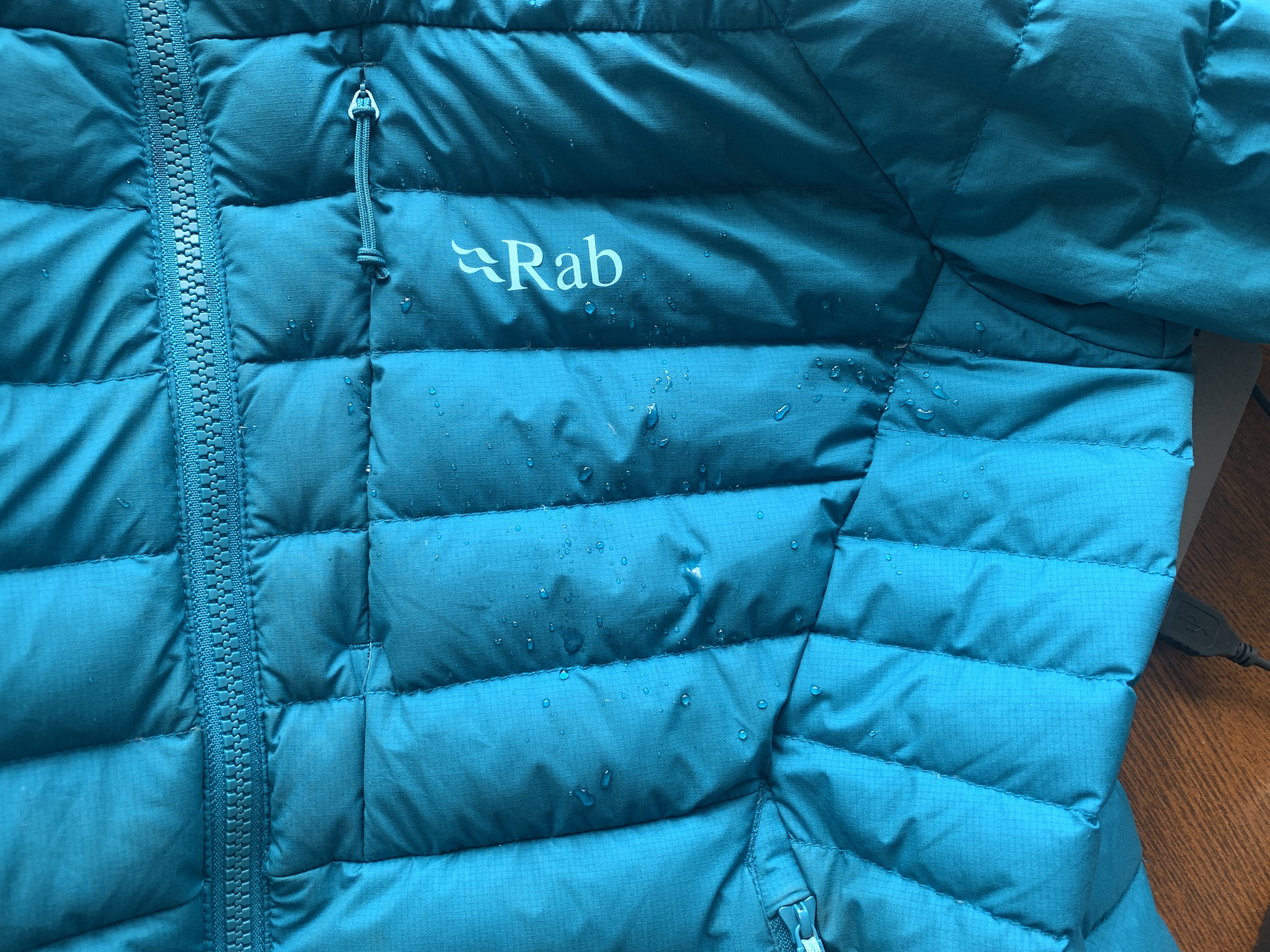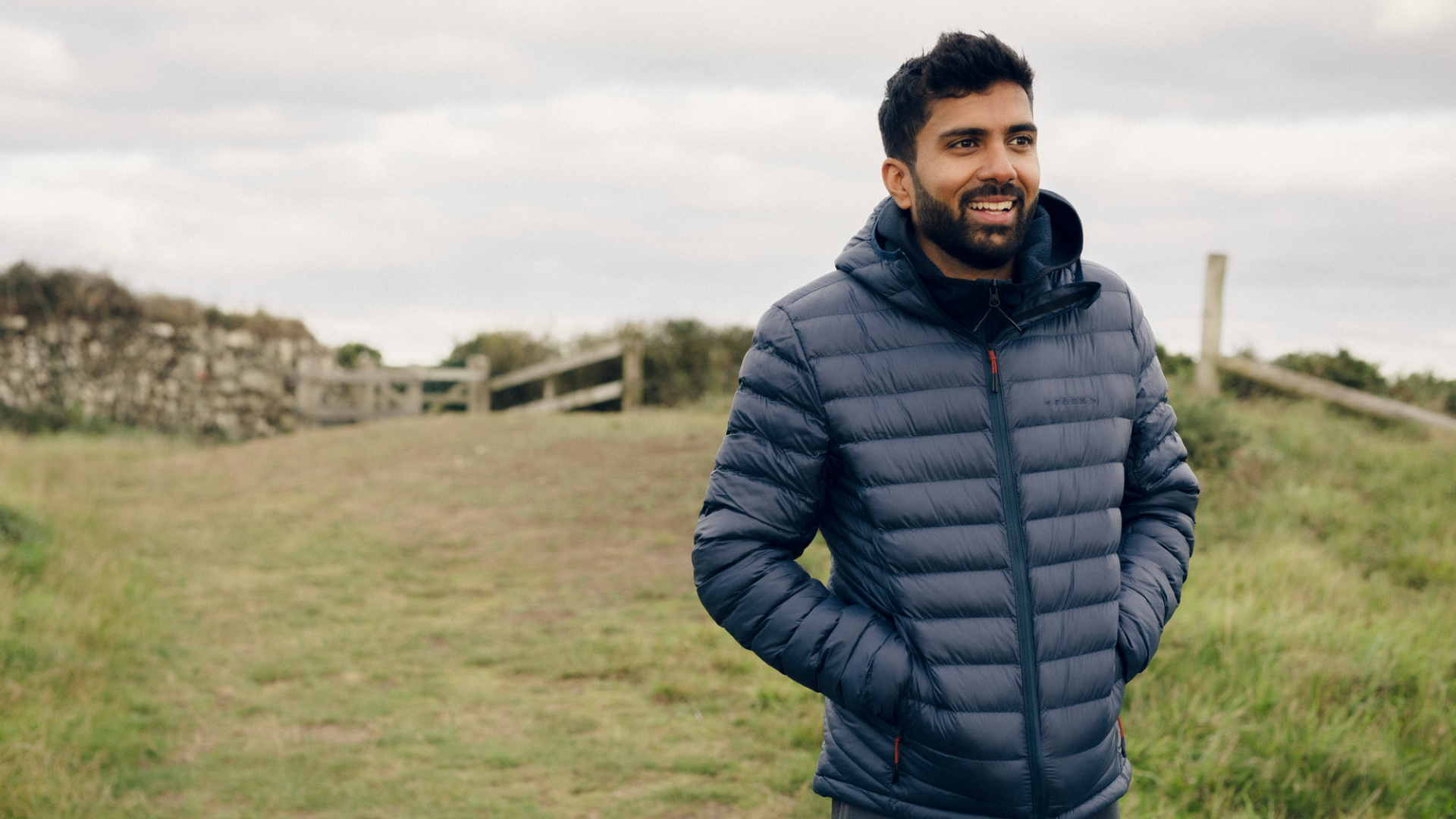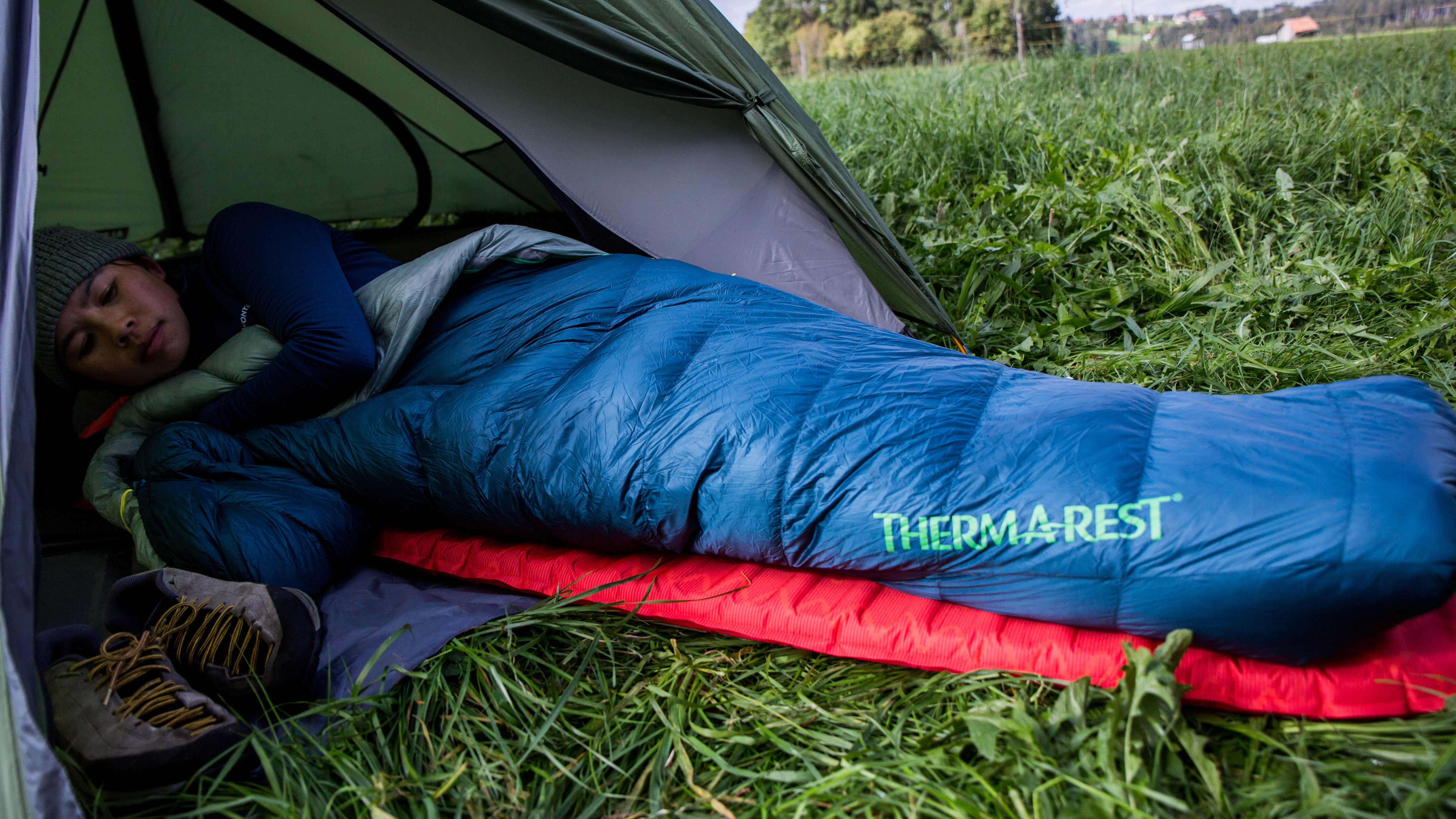What is hydrophobic down?
We explain advances in down insulation and discuss whether you need it, and how to choose weatherproof gear that’s kinder to the planet

Excepting a few hot and humid jungle hikes in southeast Asia and Panama, it’s been many, many years since I had an outdoor adventure that didn’t involve a down jacket. If I’m hitting the trail, it’s getting stuffed into my backpack ready to be pulled on when I stop for a break or reach the summit. When my jaunts extend into the nighttime hours, they involve a down sleeping bag, too.
Down is nature’s best insulator, harvesting the soft, fluffy plumage found beneath the feathers of waterfowl like ducks and geese to make cozy garments and gear that is lightweight and packable. These super fine, wispy clusters trap air, which gets warmed by your own body heat, and keeps it close to your body to keep you toasty when you’re at a chilly summit or camping in cooler conditions.
But down, as you may know, has some disadvantages too, and in terms of performance, the main downside is that it doesn’t continue to insulate when wet. If you are out hiking in a traditional down jacket and it starts to drizzle, those fine clusters clump together, and with no air between them anymore to trap air, you’re going to start to feel pretty unhappy out there exposed to the elements.
In the past, if you were going to be adventuring in damp conditions, you might choose a synthetic puffer jacket instead. While these have come a long way in the weight-to-warmth department, don’t have the same ethical considerations as down and will definitely save you some money, they’re also heavier, bulkier and often made using petrochemicals.

In the last couple of years, however, several outdoor gear have started using hydrophobic down, and it’s something you’re likely to see more and more or when you’re looking at the labels of down jackets, gilets and sleeping bags. But what is hydrophobic down anyway, and do you need it?
What is hydrophobic down?
Hydrophobic down is regular down that has been treated with a Durable Water Repellent (DWR) to make it perform better when the weather isn’t playing ball. The DWR treatment gives the down three main advantages over regular down:
- Repels moisture for longer
- Dries faster
- Retains loft when damp so you stay warmer
Basically, it’s good news for hikers in places with cool, humid climates like the Pacific Northwest, the northeast and the UK.
All the latest inspiration, tips and guides to help you plan your next Advnture!
As I already mentioned, Rab has been one of the leaders of this technology, and these days all of their down products use fluorocarbon-free, Nikwax hydrophobic down. Today, loads of your favorite brands have hopped on this higher-performing insulating technology, such as Berghaus, Big Agnes, Marmot, Montane, Mountain Warehouse, Sea to Summit and Therm-A-Rest, which uses it in their 3-season and 4-season sleeping bags.

Is hydrophobic down any good?
Hydrophobic down is great if you want to hold off the clumping that happens when down gets wet, and stay warmer for longer on the trail. It isn’t, however, waterproof – not by any means – so you’ll want to manage your expectations a little here. When I’m out in my Rab Infinity Microlight Down Jacket with hydrophobic down, I do stay warm in damp conditions and even the odd passing shower and light rain. I wouldn’t, however, wear it as my first line of defense for hiking in the rain.
One outdoor brand that, so far, has mostly held off against using hydrophobic down is Mountain Equipment, and they explain that they’ve done so because they believe a waterproof shell on your sleeping bag or jacket will get the job done without adding more DWR to the planet. It’s a fair point, though with the advent of FC-free DWRs, like Nikwax, that consideration may become moot. That Rab jacket I mentioned also has a GORE-TEX Infinium outer, which definitely does a lot of the work when it’s wet out.
Regardless of whether you choose hydrophobic down or not, if you’re going out in the rain, you’ll want to wear a waterproof jacket over the top. Similarly, if you’re backpacking in heavy rain, make sure your down sleeping bag is wrapped in plastic while you’re on the move, or that you've got a rain cover on your backpack.
Julia Clarke is a staff writer for Advnture.com and the author of the book Restorative Yoga for Beginners. She loves to explore mountains on foot, bike, skis and belay and then recover on the the yoga mat. Julia graduated with a degree in journalism in 2004 and spent eight years working as a radio presenter in Kansas City, Vermont, Boston and New York City before discovering the joys of the Rocky Mountains. She then detoured west to Colorado and enjoyed 11 years teaching yoga in Vail before returning to her hometown of Glasgow, Scotland in 2020 to focus on family and writing.

